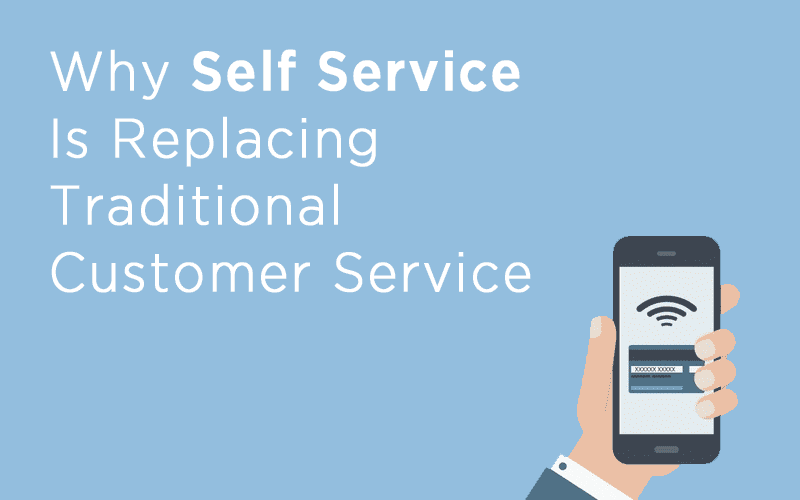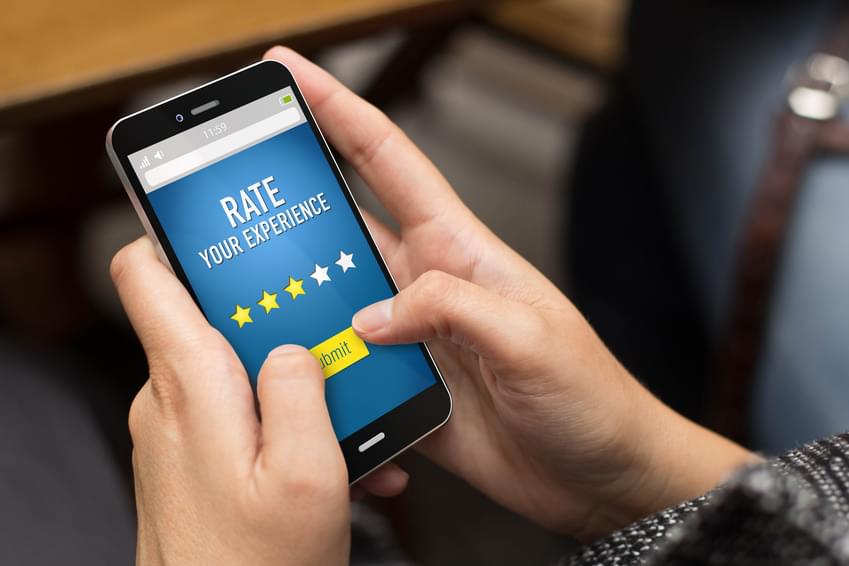Businesses run into problems, and customers are the first to let them know. It’s always been like this and it always will be like this. What separates good businesses from the bad is how they handle and move forward from these problems. If a business doesn’t acknowledge anything is wrong, customers will pick up on that and spend their money elsewhere; if a business gives their customers the opportunity to solve their problems for themselves, or by clearly and efficiently walking the customer through them, customers will most likely remain loyal. Support lines are supposed to help customers voice their issues, but many don’t want to be stuck on hold all day. To understand what clients are looking for, and how they perceive customer service, we took a close look at Zendesk and Radial’s recent report on Customers Prefer Self‑Service to get a better idea of how customer service is evolving.
Why Do Customers Prefer Self Service?
Providing customers with self service options benefits businesses in a number of ways. It’s a cost effective solution that gives customers the power to solve their problems on their own, reducing time spent on the phone, or on a live web chat with agents. This both frees up time for your agents to handle more complex issues, and gives customers the power they want to help themselves, instead of feeling like they have to waste time getting in touch with your business. There are many reasons why customers prefer self service, but they all boil down to these three desires: convenience, consistency, and speed. Let’s break down each one.1. Convenience
It’s a rare thing to come across a problem with a product or service, call a representative, and not be put on hold, go through endless automated instructions, and speak to a representative that understands what your problem is after the first explanation. Thankfully, the soul-crushing odyssey of customer service has been simplified significantly over the years and will continue to do so - businesses are constantly looking for ways to reduce friction in the customer journey. This is exactly where self-service comes in handy. It’s much easier for customers to find a tutorial online than to go through everything mentioned before -- this just creates a much more convenient experience for customers, allowing them to fix any issue on their own accord.2. Consistency
Customer Service representatives are people too, and they might have different takes on specific problems, or they might simply make a mistake. Unfortunately, customers have little-to-no patience and want one, easy-to-follow way of solving their problems. Self service options like FAQ’s and step-by-step guides offer customers at least one reliable solution to whatever problems they have. As long as they’re easy to find and are easily understood, customers can spend a few hours at most out of the day instead of the entire day on hold, troubleshooting fifteen different solutions. Self service options just help provide a consistent support experience, avoiding human error.3. Speed
Like we said before, customers want fast solutions. Most people have to work, or spend their time doing literally anything else, instead of being on the phone explaining to everyone in the customer service department what your simple problem is. Self service is convenient and consistent, which speeds up the entire process of solving problems with little guidance from the business itself. There is simply no need to waste an entire day on the phone in the age of the internet. If there are faster solutions that customers overwhelmingly prefer, why wouldn’t you take advantage of them? Some customers are also much more educated than a business might expect, and self-service options allow them to work on their own speed, instead of being bogged down by basic troubleshooting. Most of the time, the customer did in fact try to turn it on and off again before calling, yet agents will still ask them to try this step -- that just wastes everyone's time.Useful Statistics
It’s generally understood that customer service could be better. Zendesk is aware of this and came to the conclusion that customers prefer self service. Customer experience is trending, and customer support is often the team that works closest with the customer, so these numbers matter if you’re trying to improve customer experience.- “90% of consumers expect a brand or company to offer a self-service portal.”
- “Reducing customer effort is a critical factor in driving loyalty and customers who have the best experiences spend 2.5 times more than those who don’t” (Harvard Business Review).
- “73% of consumers want to be able to solve product/service issues on their own” (Business Insider).
- “94% of customers will return to a retailer if their issues are resolved promptly” (McKinsey).
- “Mobile commerce will make up 45% of total eCommerce by 2020” (BI Intelligence).
- “77% of consumers have selected, recommended, or spent more money with a retailer or brand that delivers a personalized experience” (Forrester).



